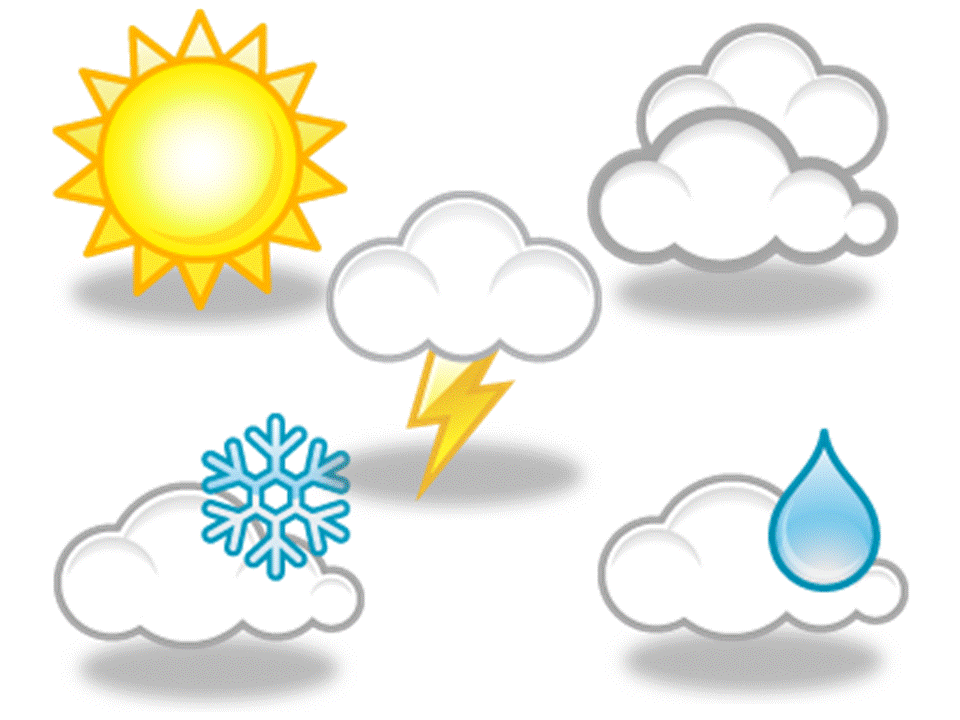liera Companies and Trinity Ministries misrepresented their plans, the state charged
Aliera Companies and Trinity Ministries sold fake health sharing plans to more than 14,000 Californians.
The plans kept 84% of member funds and routinely denied legitimate medical claims.
The firms are now banned from operating in California and hit with a $34 million penalty.
California Attorney General Rob Bonta announced a $34 million settlement resolving claims that The Aliera Companies, Inc. and its subsidiaries along with Sharity Ministries, Inc., formerly known as Trinity Healthshare, Inc. sold unauthorized, sham health insurance plans in the state.
The lawsuit, filed in January 2022, accused Aliera and Trinity of deceiving consumers by claiming Trinity was a legitimate health care sharing ministry (HCSM). HCSMs are nonprofit organizations in which members of a religious community pool funds to help pay medical bills. But Trinity, investigators found, was not a real HCSM. Instead, it was part of a for-profit operation run by Aliera that pocketed nearly 84% of member payments while routinely denying claims.
These companies tricked over 14,000 Californians into thinking that they were purchasing a legitimate health plan, all while collecting tens of millions of dollars in monthly premiums, Bonta said. Its shameful, its illegal, and it has no place in California.
Settlement bars firms from state operations
Under the settlement, Aliera and Trinity are permanently barred from operating, marketing, or selling health coverage of any kind in California. The $34 million penalty though largely symbolic due to the companies bankruptcies underscores the seriousness of the violations.
Both companies filed for Chapter 11 liquidation in Delaware and have ceased operations, with remaining assets being handled through liquidating trusts seeking to recover funds for former members.
Lawsuits continue against individuals involved
The California Department of Justice continues pursuing claims against Shelley Steele, Tim Moses, and Chase Moses the family alleged to have orchestrated the fraudulent scheme through Aliera and Trinity. Separate settlements were reached in 2023 with former Trinity executives Joseph Guarino III and William Thead III, who were each fined $1 million and banned from doing business in the state.
Bontas office said the settlement serves as a warning to others considering similar schemes and urged Californians to seek legitimate coverage through Covered California.
What consumers should know
Attorney General Bonta previously issued a consumer alert warning about fake health sharing ministries that fail to cover essential benefits such as prescriptions, preexisting conditions, birth control, and mental health care.
Californians who suspect theyve been targeted by an illegitimate HCSM can file a complaint at oag.ca.gov/report.
How to spot a fake health plan
How to tell if a health sharing ministry is really just a scam
Health care sharing ministries (HCSMs) may sound like affordable alternatives to insurance, but many operate outside state and federal consumer protections. Heres how to recognize red flags before you buy:
-
Check the organizations tax status.
Real HCSMs are registered 501(c)(3) nonprofits. If its for-profit or vague about its nonprofit status, thats a warning sign. -
Look for religious or community affiliation.
True ministries are faith-based and require members to share common beliefs. If theres no real community aspect, its likely a fake. -
Ask for written guarantees of payment.
HCSMs arent required to pay claims if the plan refuses to guarantee coverage for medical bills, its not insurance. -
Verify licensing with your state.
Californias Department of Managed Health Care (DMHC) can confirm whether a plan is authorized to operate. Other states have similar agencies. -
Watch for high administrative fees.
Scam plans often pocket most of the money rather than paying claims. -
Check for essential benefits.
If the plan doesnt cover prescriptions, preexisting conditions, mental health, or maternity care, its not legitimate insurance.
Quick Checklist: What to do if you think you bought a fake plan
Gather documentation.
Collect any emails, plan documents, payment records, or claim denials you received.
File a complaint.
Report suspected at oag.ca.gov/report or call the California Department of Justice Consumer Protection Section. In other states, contact the state insurance commission.
Notify your bank or credit card provider.
Request to stop payments or dispute fraudulent charges.
Find legitimate coverage.
Apply for affordable plans through Covered California or call (800) 300-1506 for enrollment help. Some other states have similar programs.
Alert others.
Warn friends, family, or community groups these often spread through word of mouth.
Posted: 2025-10-20 01:24:52




















